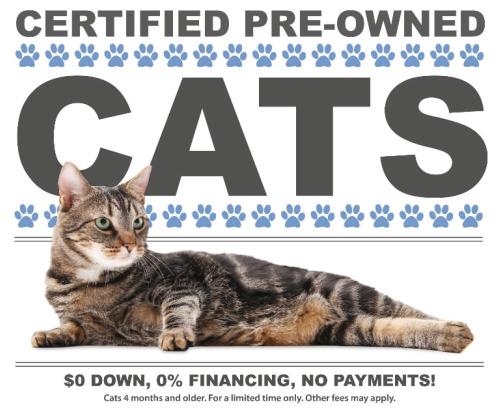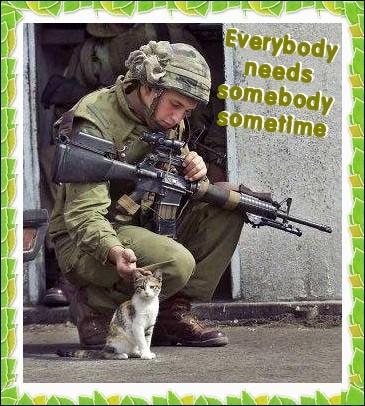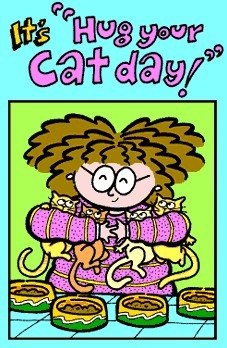Mimi's note: Usually I post a little introduction to my entries; however, this is such eye-candy I'd like you to use all of your time to enjoy!
By Jerry James Stone, Planet Green Craig Grant didn't like
cats. But that changed when his son moved out, leaving his cat, Pepper, behind. And just when Craig was getting used to having one cat, he found out Pepper was pregnant.
Five
kittens later, Craig was ready to adopt them out until his son said they must stay with their mother for 8 weeks. "It wasn't long before the kittens were swinging from my curtains," he notes on his website.
The cats started to be a problem for Craig. Not only were neighbors complaining but the cats were being harassed, like being shot with B.B. guns. A newspaper advertisement led him to a tree farm 100 miles away from his Jacksonville condo.
He immediately loved the tree farm and bought 30 acres where he quickly erected an office trailer as a cat shelter. It had pet doors and padded shelving for long cat naps. The sanctuary is in the middle of 100 acres of wildlife.

(Photo via caboodleranch.com)
Craig moved there himself in 2003. By that time he had 11 cats -- he had adopted strays and abandoned cats. By 2004, he had 22 cats. As you can tell by these pictures, he now has quite a few more than 22.

(Photo via caboodleranch.com)
"We [currently] have 660 cats, we have barely touched on the first 5 acres of the 30 acres of land," says Craig. But that many cats in one location comes with serious concerns. Outdoor cats definitely affect
bird populations to the measure of being an
invasive species.
"Whenever you host a large number of domestic animals in one place, responsibility is key," says Jenny Powers at the
Natural Resources Defense Council. "You don't want to run into unexpected environmental impacts like high amounts of animal waste in waterways or negatively impacted vegetation or critters." She points out that looking for sustainable solutions before a probem begins is the best way to ensure there's no unintended consequences associated with a good deed.
Craig's website says: "Caboodle Ranch has the seal of approval from the Tallahassee Humane Society and the Tallahassee/Madison County Animal Control. Representatives from both have been to the ranch and both have liked what they've found."

(Photo via caboodleranch.com)
The expenses for the nonprofit sanctuary come out of Craig's pocket and donations from the public. Each cat costs about $550 a year to tend to, and that is
without extraneous vet bills. All the cats are spayed or neutered, and their shots are kept up to date.

(Photo via caboodleranch.com)
And while Caboodle Ranch is beyond cute, it is also hard work. Craig puts in 14-plus hours a day. The ranch's biggest challenge is finding dedicated volunteers. The novelty of the sanctuary surely attracts visitors, about 30 or so each month, but they don't always stick around.

(Photo via caboodleranch.com)
But don't go to Caboodle Ranch looking for a pet. The cats are not up for adoption. "The reason the cats are there in the first place is that there were not enough homes [for them]. The cats at the ranch have their forever home now. We prefer people adopt cats from humane societies, animal control, etc., where those cats are on death row and are in desperate need to be saved," says Craig.





























.jpg)





 All things bright and beautiful,
All creatures great and small,
All things wise and wonderful,
The Lord God made them all.
~Cecil Alexander
All things bright and beautiful,
All creatures great and small,
All things wise and wonderful,
The Lord God made them all.
~Cecil Alexander









.jpg)